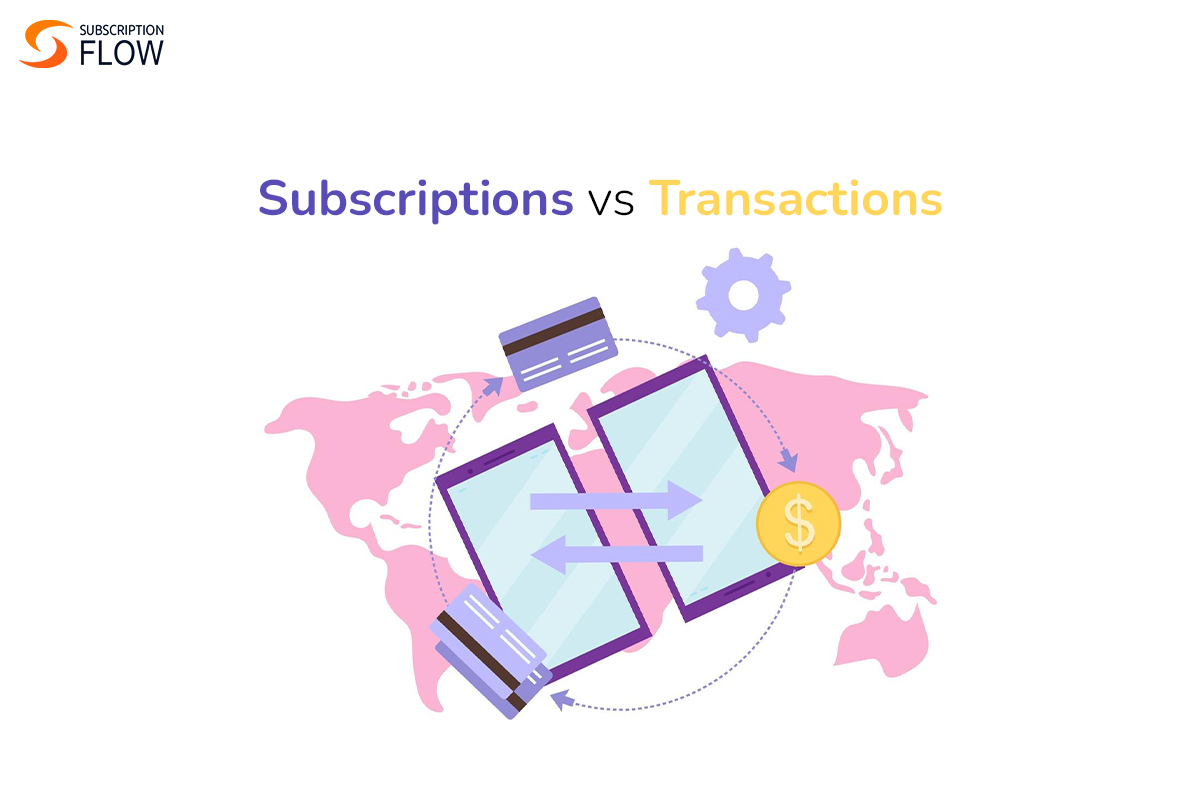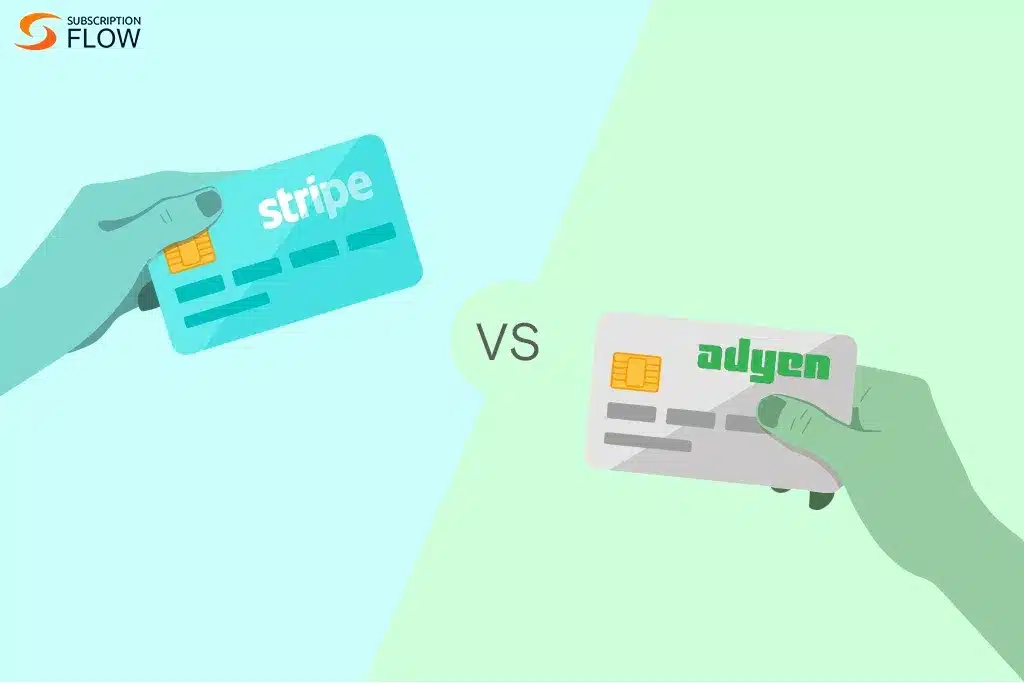
Subscription Model vs. Transaction Model: A Comparison
No matter what remains the strategy, policy and business model, the end target for every company is the increase in revenue. Businesses constantly struggle to find the best revenue model in the quickly changing digital market to maximize profitability and meet customer requests. The subscription model and the transaction model are two well-liked approaches that have acquired a lot of popularity lately. Both offer advantages and disadvantages, so choosing which to use is essential for organizations. In order to identify which model dominates the market today, in this article, we will discuss the subscription model vs transaction model.
The subscription business model is based on monetization of the recurring need of customers. However, we have written detailed blog posts on the subscription business model. So, you can find details regarding the subscription business model on the following link.
Now, we will take you to the transaction model.
What is the transaction model?
Customers make individual purchases or transactions for particular goods or services under the “transaction model” of business. Customers in this arrangement make separate, often one-time payments for each transaction. Traditional e-commerce platforms, where the customers are expected to select products, add them to cart, and then pay for them, follow the transactional model.
Unlike the subscription model where users pay recurring fees to utilize a bundle of products and services for a definite duration, the transactional model is all about transactions – discrete purchases. Transactions by nature are independent in every way, and a consumer does not enter into a new relationship with the firm when he buys something under a transaction model.
Head-to-Head Comparison of Subscriptions & Transactions
Now that we have discussed the basics of both billing models, it is time to take to keep them side by side, and then decide which one is better.
Revenue Stability & Predictability
In the subscription billing model, customers are charged recurrently for their subscription plans. When the same customer base is to be charged again and again, you get data. Based on this data, useful insights can be extracted. In the end, these insights make your monthly and yearly revenue predictable. So, the subscription model offers a higher level of revenue stability and predictability compared to the transaction model.
The transaction model, in contrast, focuses on individual sales, which might vary depending on the market and client demand, making income more volatile and difficult to forecast.
Customer Engagement & Loyalty
In transaction billing, where the customers are charged on time, it is not easy to win customer loyalty. The Transaction Model often lacks a level of engagement, as customers may have one-time interactions and limited incentives to stay loyal.
Coming towards subscription billing, here the foundation lies on the recurrent need of the customer. Now, the customer is bound to make recurrent purchases, however, he cannot be exploited as there are many retailers whom he can go to fulfil his recurrent need. So, retailers avail their chances to satisfy their customers to increase customer engagement and loyalty.
Customer Lifetime Value (CLTV)
When we are discussing the subscription vs transactional business model, one of the most important KPIs that must be considered is CLTV. In comparison to the Transaction Model, the Subscription Model has the potential to produce a higher long-term customer lifetime value (CLTV). Long-term recurring revenue from subscribers enables organizations to build stronger customer connections and extract more value from each client.
Additionally, as consumers upgrade or add on additional services, the ongoing engagement and upselling opportunities provided by the subscription model may result in higher CLTV. The Transaction Model, in contrast, tends to concentrate on specific transactions, which might not produce as much long-term consumer value.
Market Fit & Business Nature
When you are choosing the billing model, nothing matters more than your targeted market and the business nature. The market fit and the type of business determine whether to use the Subscription Model or the Transaction Model. Due to the recurring nature of their offerings, several businesses, such as video streaming services or software-as-a-service (SaaS) providers, fit the Subscription Model effectively. However, organizations that offer one-time goods or services, such as those in the retail or event-based sectors, may find the Transaction Model to be more appropriate. Which model best suits the demands of the firm depend on an understanding of market dynamics and client preferences.
Industry & Market Trends
Other than the factors mentioned above, your business domain and its market trends also play a significant role in determining whether you need to opt for a transaction model or a subscription billing model. For instance, retail stores and e-commerce platforms can opt for a transaction model as they cater to hundreds of customers every day. Most of them do not need the products recurrently that they order. However, in the SaaS market, nothing suits these businesses more than subscription billing.
To end this subscription-based model vs transactional model debate, we will suggest you to consider the factors mentioned above, and then decide on the billing mode. It is possible that your business demands both transactions and subscriptions. E-commerce platforms can offer transaction billing, but subscriptions can help them as well. They can offer products that people need recurrently on subscriptions.
No matter whether you want to bill customers with transactions or subscriptions, SubscriptionFlow will help you anyway. Here, you can implement any of the top SaaS billing models for SaaS businesses. Even if you need to try out a mix of different billing models, still our subscription billing platform is the best. Contact us now to see how to implement your billing model with SubscriptionFlow.










